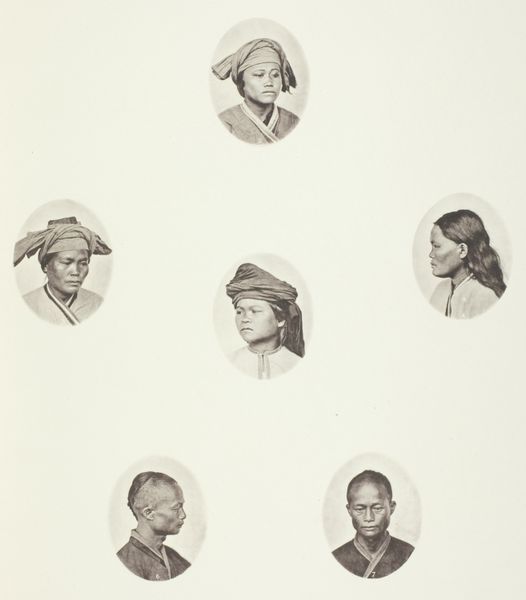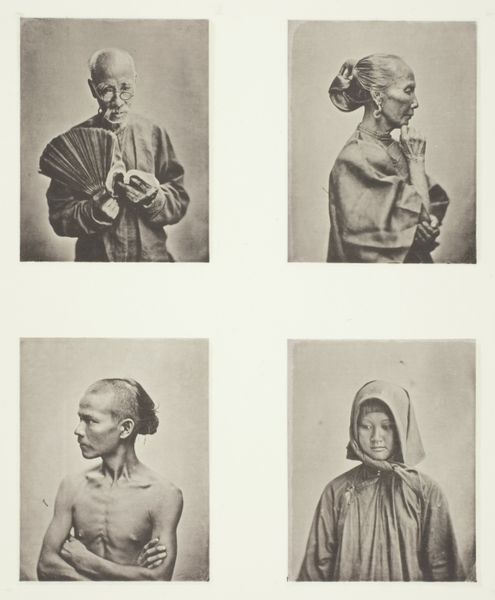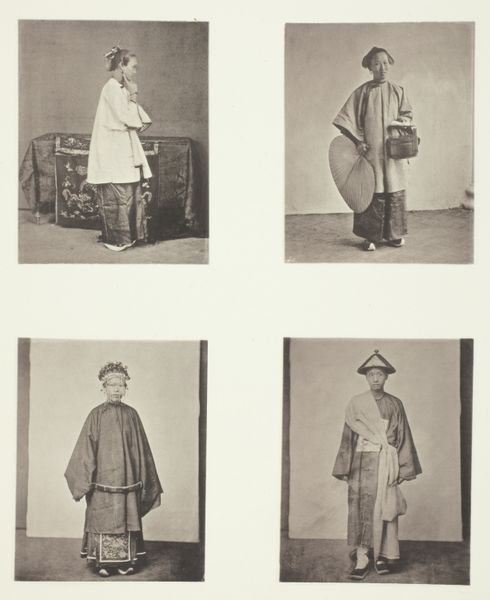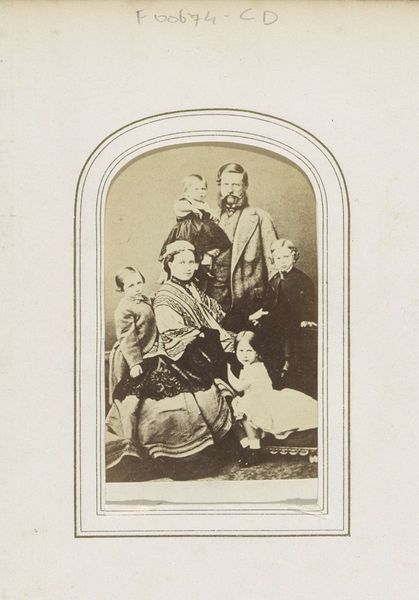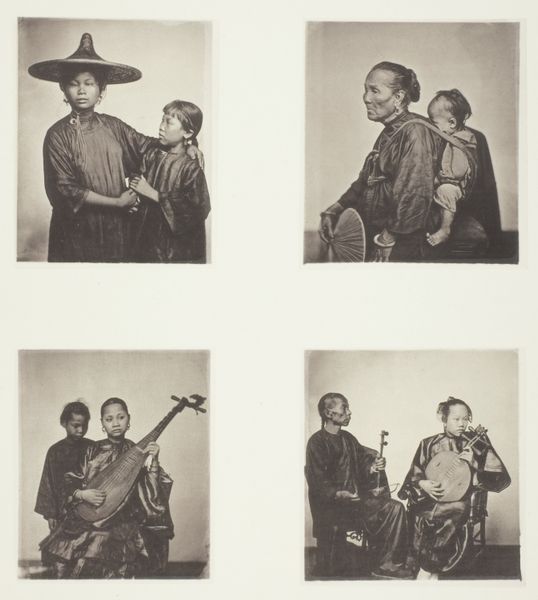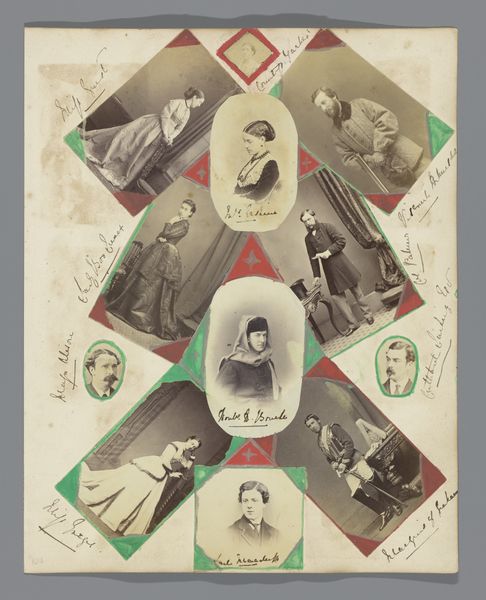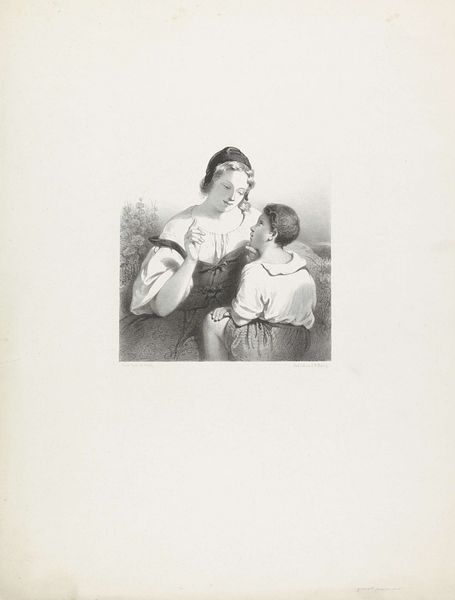
Headdress of Cantonese Girl; Winter Headdress; Coiffure of Swatow Woman; Coiffure of Swatow Woman; Coiffure of Ningpo Woman; Coiffure of Shanghai Woman c. 1868
0:00
0:00
photography
#
portrait
#
16_19th-century
#
asian-art
#
photography
#
orientalism
Dimensions: 7.7 × 6 cm (each image, oval); 47.1 × 34.8 cm (album page)
Copyright: Public Domain
Editor: This is an 1868 photograph by John Thomson, titled "Headdress of Cantonese Girl; Winter Headdress; Coiffure of Swatow Woman; Coiffure of Ningpo Woman; Coiffure of Shanghai Woman." It shows a series of portraits, each showcasing unique hairstyles. The array of faces is captivating, almost like a study in diversity. What strikes you when you look at this piece? Curator: The power of images lies in their ability to encode cultural memory. What we see here isn't simply a record of hairstyles, but a carefully constructed display of identity. Each headdress acts as a potent symbol, immediately communicating information about the woman's region, and perhaps her status. Editor: So the headdresses are more than just decoration; they're visual signifiers. But is it possible some of this symbolism has been lost to time? Curator: Absolutely. Some nuances are undoubtedly obscured, but the impulse to communicate through dress remains universal. Think about the visual languages we employ today – fashion, tattoos, hairstyles. Thomson, likely unintentionally, captures a similar performance of identity. The fact that they are grouped together enhances their communicative power. Editor: It's like a visual encyclopedia of the era's hair fashion. Did Thomson create it for anthropological research, or artistic expression, or both? Curator: The lines are blurred, aren't they? He presented these images to the Western world, fueling existing narratives. One could argue about Orientalism, in how they visually classify individuals from faraway regions. That itself creates symbolism by the very act of recording them and publishing them. But simultaneously he preserved elements of cultures in visual language which remain powerful even now. It asks questions of us as well, what and who we choose to focus on when constructing the symbolic narratives of our time. Editor: This makes me wonder about how we are constructing collective memories through photographs today. Thanks for opening my eyes to see beyond just the aesthetics. Curator: And you’ve prompted me to consider again the weight of historical perspective in contemporary viewing.
Comments
No comments
Be the first to comment and join the conversation on the ultimate creative platform.
